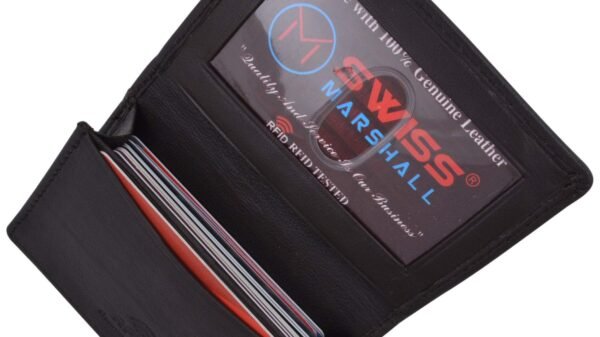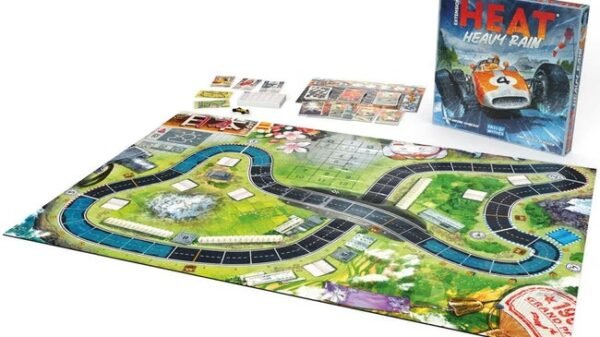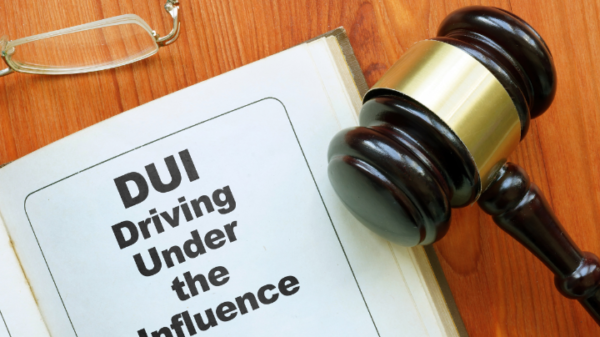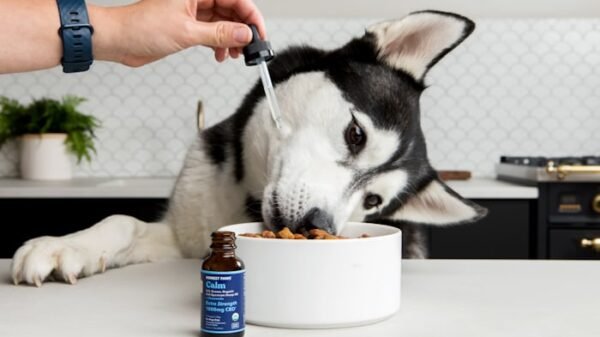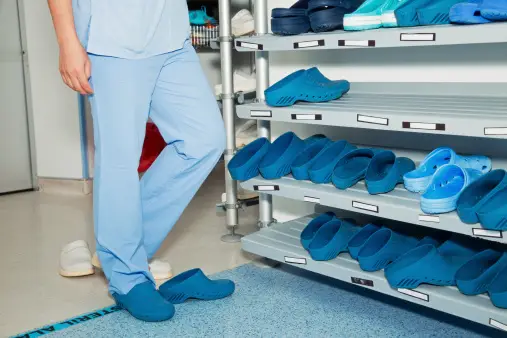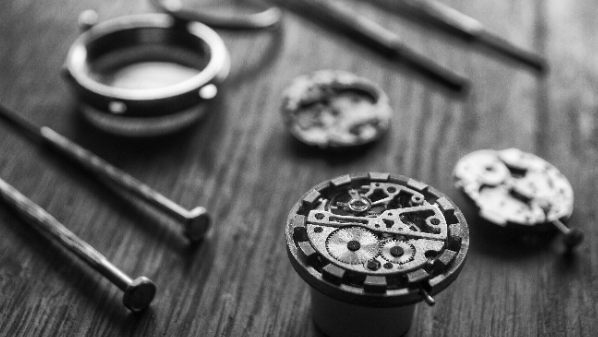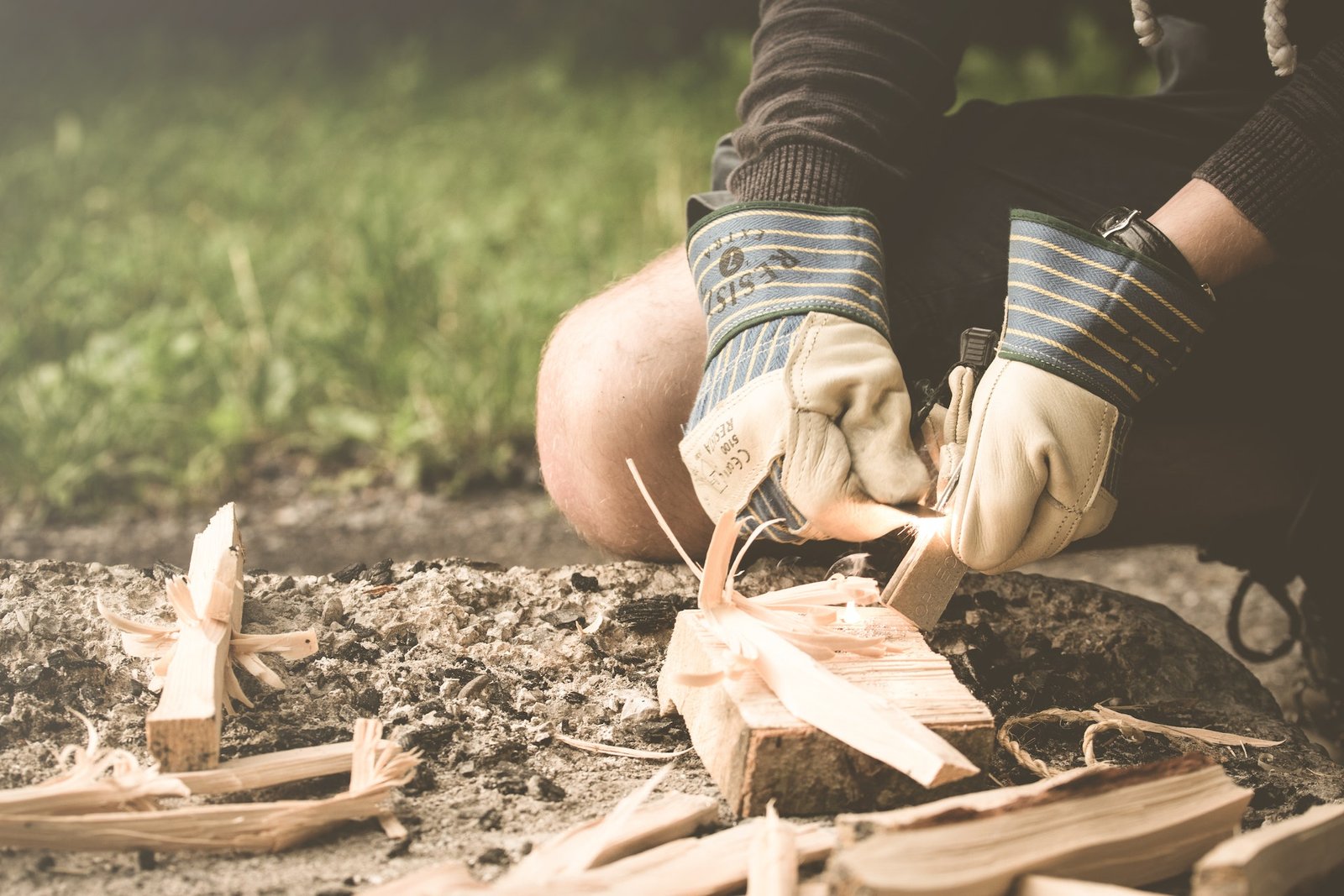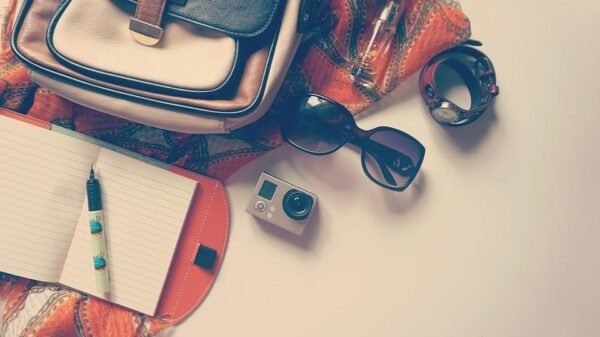If a survival emergency arises, preparedness is essential, and a first-aid kit is one of the most essential tools you should have on hand. Whether you find yourself lost in the woods or facing a global disaster of unprecedented proportions, a well-stocked first-aid kit can help keep you alive in almost any situation. What, exactly, is a well-stocked first-aid kit, though? Numerous options are on the market, each with its own supply of important tools, so picking the right one isn’t easy.
Companies like Prepared Bee offer an array of medical and trauma kits, and they want people to be fully prepared for as many emergencies as possible. If you’re looking for the right first-aid kit for your emergency preparedness arsenal, certain items shouldn’t be left out of the mix. Keep the following supplies in mind to help ensure you’re prepared to handle medical issues if they arise.
Basic Essentials
Most first-aid kits are equipped with the basic essentials. Those include antiseptic wipes or ointment to disinfect wounds and prevent infections. Even seemingly minor injuries can easily get infected in less-than-ideal situations, and infections can quickly become life threatening. Adhesive bandages in various sizes for covering and protecting small wounds are included in first-aid kits as well. They help keep dirt and germs out of cuts and scrapes and aid in healing.
Sterile gauze pads can be used to cover wounds and help stop bleeding. They can also be used to help clean wounds if needed. Medical tape should be included in a first-aid kit as well to keep wound dressings in place. Your kit should also have scissors and tweezers. Tweezers can be used to remove splinters, thorns, and other debris or pull out bee stingers. Scissors are highly versatile. They can be used to cut gauze, bandages, clothing, tape, and many other materials in an emergency situation.
Beyond the Basics
For a truly well-rounded first-aid kit, you’ll need extra items designed for wound care and protection as well. Butterfly bandages can be used for closing relatively small but deep wounds in situations where standard bandages won’t suffice. Your first-aid kit could also include clotting agents to help stop significant bleeding.
Some cuts and other injuries may require sutures. In an emergency situation where help isn’t readily available, that could mean administering sutures on your own. For that, you’ll need a sterilized needle and thread, tissue forceps, and a needle driver. Sterile suture kits are also available. They come with sealed, pre-sterilized supplies to reduce the risk of infections. Consider reading up on how to administer sutures or taking a course to teach you how to do so for added reinforcement.
A tourniquet is essential for stopping serious bleeding, but this should only be used as a last resort because it cuts off the blood supply to the affected limb or appendage. Sterile gloves are always a good idea, too. They can protect both you and the people you help against bloodborne pathogens, bacteria, and other dangerous contaminants.
Important Medications
Numerous medications are on the market these days to address any number of illnesses and medical issues. It would be impossible to pack all of them into a first-aid kit, but certain basic medications can make a world of difference in a survival situation. Pain relievers are among the most helpful. They can help ease the pain of cuts, sprains, and more serious injuries. Some also reduce inflammation. They can reduce fevers as well. Whether a fever is the result of an infected wound or a communicable virus, keeping it under control is crucial.
Antihistamines, also known as allergy medications, may come in handy as well. They can be used when treating reactions to bee stings, insect bites, and other allergens. In certain cases, they can also help to alleviate anaphylactic reactions to inhaled allergens. They won’t always help in such situations, though. Just how effective they are depending on the allergen in question and how severe a person’s reaction to it is. Those that contain diphenhydramine are often the most useful because they may work more quickly than, say, loratadine.
Consider adding anti-diarrheal to your first-aid kit as well. Diarrhea can lead to dehydration, which can be a serious concern in a survival situation. Other medications to add to the mix are topicals like hydrocortisone cream, Calamine lotion, and burn creams.
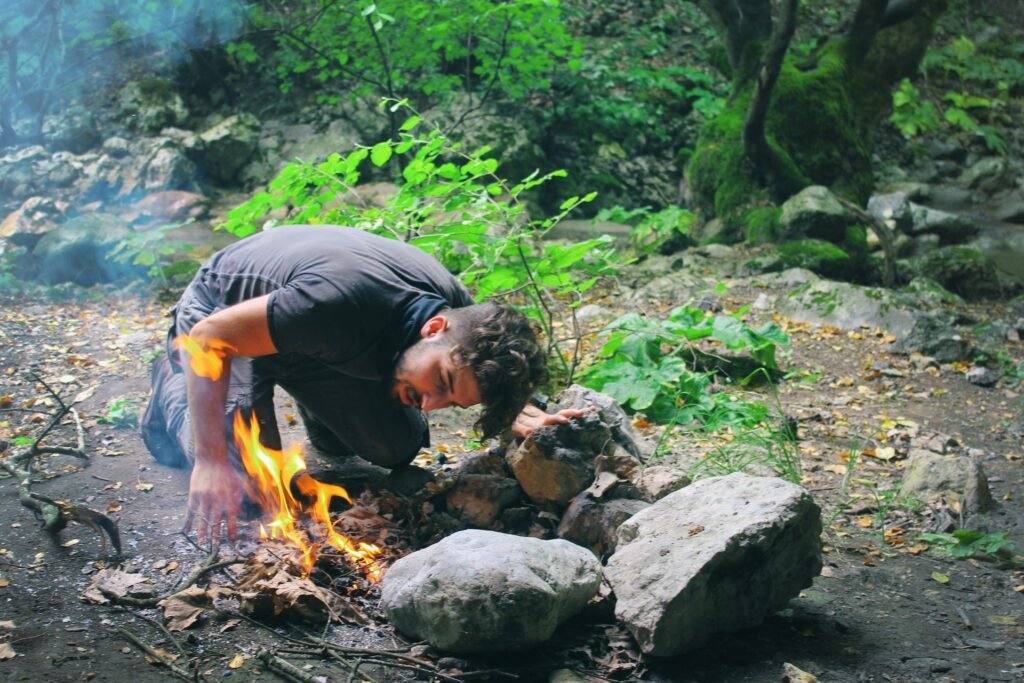
Additional Tools and Necessities for First-Aid Kits
In addition to those previously mentioned items, certain other tools can be helpful in a first-aid kit. Having a thermometer on hand can allow you to monitor your body temperature or that of other people. This is important for dealing with illnesses that cause fevers. It can also be helpful for ensuring someone’s body temperature doesn’t drop too low.
A multi-tool is also a great resource to keep in a first-aid kit. These incredibly versatile tools contain an array of helpful items, including pliers, scissors, knives, and serrated blades. They can be used to cut gauze and bandages, remove embedded items from the skin, cut sutures, and remove clothing from burns or serious injuries.
Those are only a few of the possibilities. A small flashlight may also be a nice addition to a first-aid kit. Though every survival arsenal should have a flashlight, it never hurts to have an extra one on hand for treating injuries and medical conditions in the dark.
Items for Specialized Care
Aside from all those crucial first-aid items, other resources can also prove invaluable. For one, a snake bite kit could certainly come in handy. If you’re lost in the woods or using them as cover to get to safety, the threat of stumbling upon venomous snakes is very real. In a survival situation, heading to a nearby hospital or clinic for immediate medical attention may not be possible. A snake bite kit can help you deal with the situation on your own.
Furthermore, think about any specific medical needs you or your family members may have. If anyone suffers from life-threatening allergic reactions, keeping an EpiPen in your first-aid kit is advised. For asthma sufferers, having a rescue inhaler that contains albuterol or epinephrine is certainly a good idea. For diabetics, equip your first-aid kit with insulin, needles, and glucose tablets. In case access to clean water for preventing dehydration and cleaning wounds is a concern, keeping water purification tablets in your first-aid kit could be helpful.
CPR Tools
Having a CPR face shield in your first-aid kit is recommended as well. These devices protect you and the person you’re administering CPR to against the exchange of saliva and other potential hazards. That can help prevent the transfer of any number of communicable illnesses. Of course, a face shield will do little good if you’re not well-versed in CPR. Consider taking CPR courses and earning your certification so you’ll be ready for anything. This could help you save lives in everyday situations as well as survival scenarios.
Survival Blanket
Finally, consider adding a survival blanket to your first-aid supplies. These blankets are thin and compact, so they don’t add much weight to your first-aid kit or take up a great deal of space. Despite their small size and lack of padding, they can be essential in survival situations. They’re incredibly versatile. You can use them to cover a person who has been injured to protect against falling debris and other hazards.
Emergency blankets can also be used to reflect heat and prevent overheating. They can be used to hold in your body heat and reflect cold as well. That protects against hypothermia in cold weather. At the same time, these blankets are waterproof, so they can keep out rain and snow if necessary. They offer wind resistance as well, which can be extremely helpful in winter weather or during storms. In some cases, emergency blankets can even be used as reflective surfaces to signal for help.
Conclusion
All this may seem like a lot to pack into a first-aid kit. On top of that, learning first aid, CPR, suturing, and other medical techniques may entail quite a bit of extra time and effort. In truth, you don’t necessarily need all those resources for a basic first-aid kit. If you’re taking along a standard kit for a camping trip or simply to be prepared to handle minor medical issues until help arrives, a small, simple first-aid kit could be all you need. Some emergency situations are much more involved, though.
In true survival scenarios, the basic necessities may not fill the bill. Those are where extensive, fully equipped first-aid kits and extra training may be essential. For prolonged stints during which danger runs high and professional medical help may not be readily available, the skills you develop and the items you include in your first-aid kit could mean the difference between life and death. Take care when choosing a first-aid kit or creating one of your own, and don’t overlook any specialized medical needs you or your loved one have when supplementing it.









